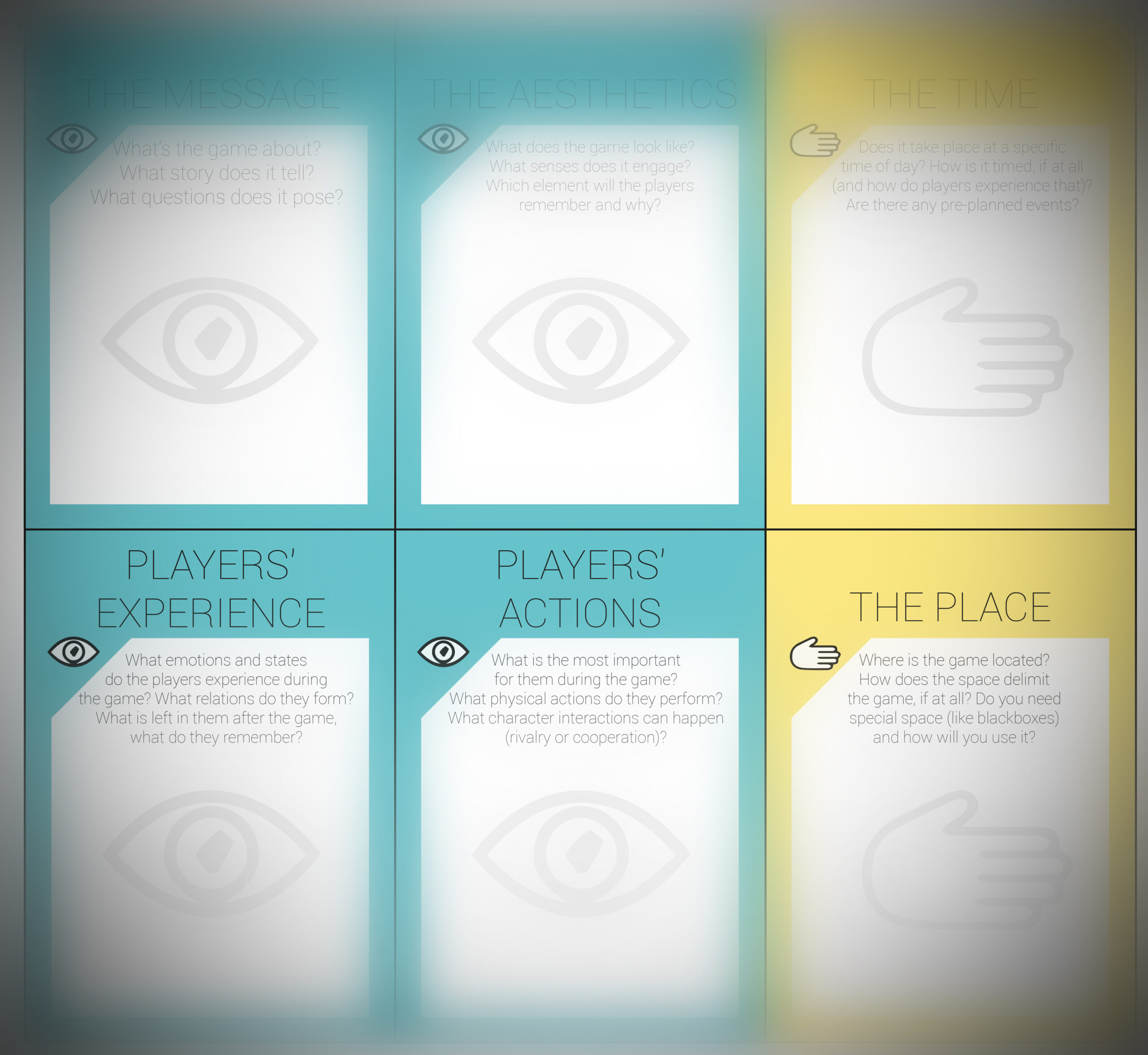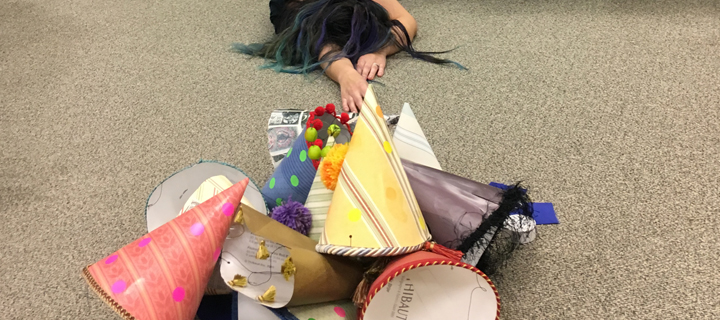Category: Tools
-

Accessibility in Online Larp
in
Online larps have the potential to make games accessible for a wider variety of players who may be excluded from mainstream, face-to-face larps. Here we outline some accessibility methods.
-

Larp Design Cards
in
Mikołaj Wicher has together with Agnieszka Kisiel (translation) and Marcin Słowikowski (graphic design) produced a set of cards to help with larp design. You can download the cards here.
